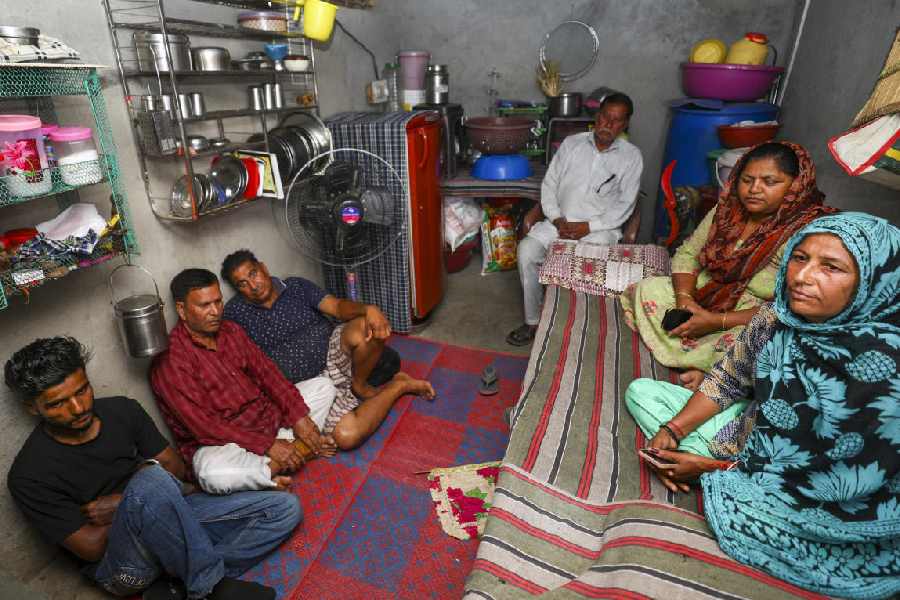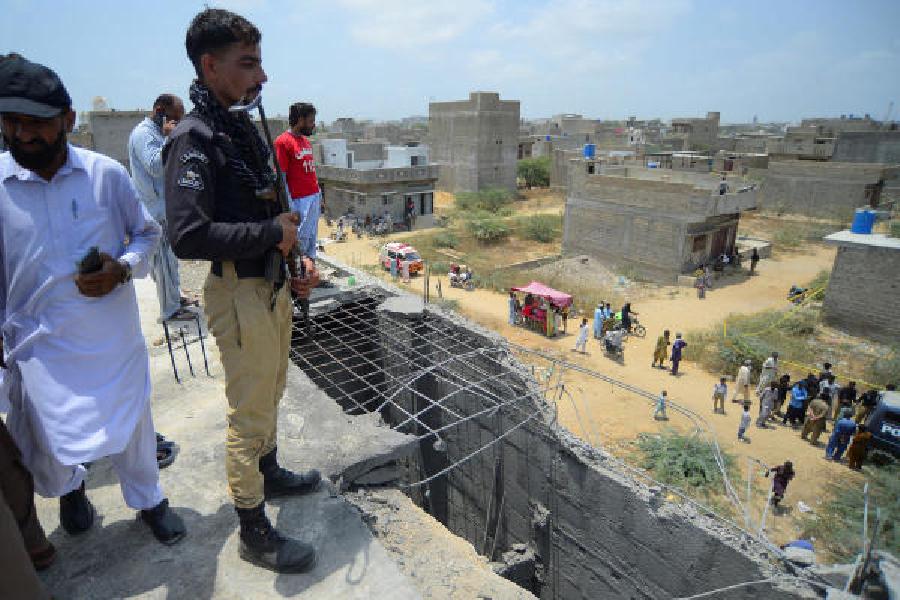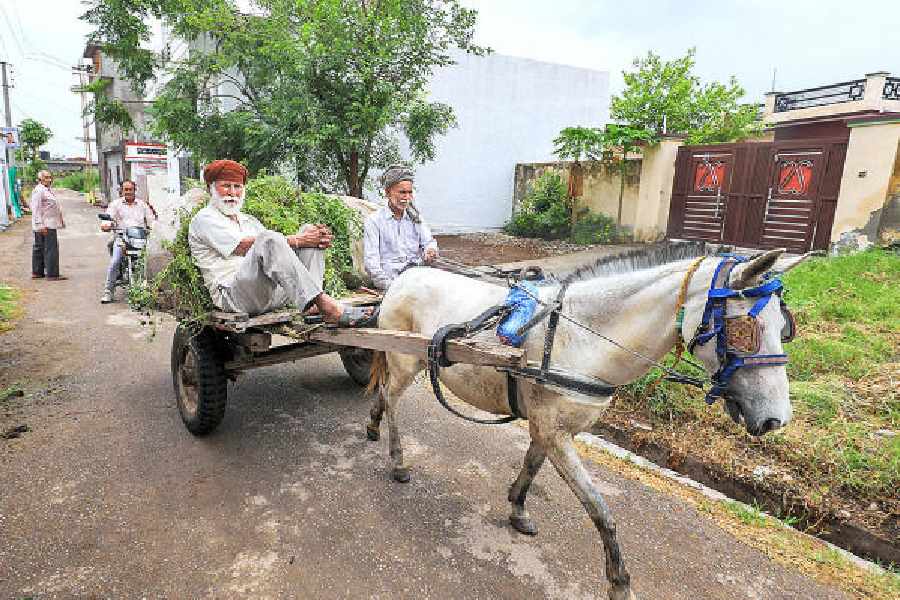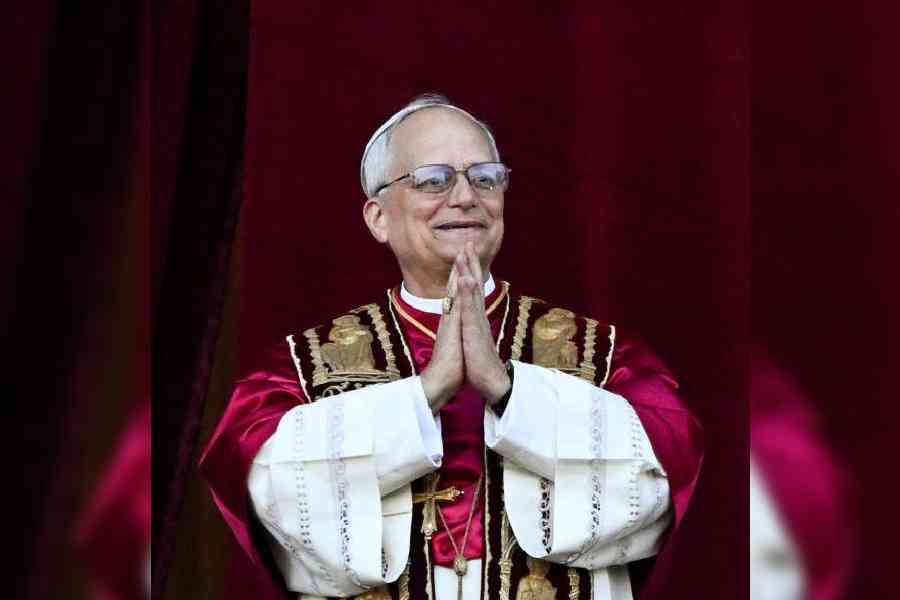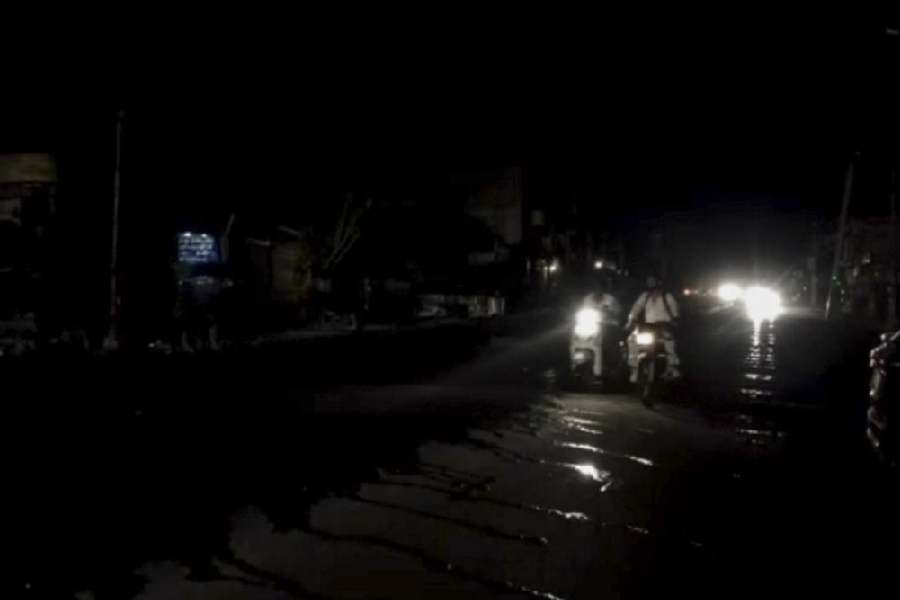|
|
| Coming to a head |
INDIA’S SILENT REVOLUTION: THE RISE OF THE LOW CASTES IN NORTH INDIAN POLITICS By Christophe Jaffrelot, Permanent Black, Rs 795
Christophe Jaffrelot belongs to that rare breed of scholars whose academic rigour and insight do not impinge on their handling of a complex narrative. This book is a first in many senses, but most of all for its daring attempt to look at the meta-region of Hindi-speaking India as a unit. Readers familiar with his work, Hindu Nationalism, published almost a decade ago, will note an easier flow of the narrative. More than that, the focus now is not on central India but on asking when, why and how the assertion of the other backward classes moved centre stage in north India.
The main argument is a simple one. India is undergoing a silent revolution, not in the sense that there is no cacophony of voices. But the protests take a democratic form. Change is channelled through law-governed processes. This is in stark contrast to the uprisings like the French, the Russian or the Chinese revolutions. The transformation is incremental and gradual. It is not one upheaval, but many, and those are taking place in a staggered way. The arena for the enquiry is the Hindi belt, where such changes have taken place at a slower pace than in the south.
Ever sensitive to the contrasts and comparisons within the vast area, which stretches from Jaisalmer in the west to Mughalsarai in the east, he throws light on more than one dimension of Indian politics. Unlike previous scholars who traced the decline of the Congress to internal factional machinations, he looks at the relationship of social change with the ups and downs of political fortune. In the initial period after independence, the vast expansion in the size of the electorate was not accompanied by increased access to positions of power for either the managers of cultivation or the ex-untouchable communities.
The author’s strength lies in the way he bridges more than one divide. Delving into archives from the colonial era, he points out the limitations of movements of assertion in north India. In an incisive section, he sees this lacuna against the larger canvas of Indian politics. In the south and the west, movements of social change and political reform, such as those led by E.V.R. Naicker and B.R. Ambedkar, brought about far-reaching transformations. One of the their core assets was their ability to forge larger alliances which forced even the Congress to take account of such aspirations. By way of contrast, two out of three ministers in the Congress government in Uttar Pradesh in 1937 were from the upper castes.
Jaffrelot distinguishes between different phases in the evolution of OBC politics in the north. The passing of the Mandal recommendations in 1990 and the fierce counter-response it evoked were both the consequences of decades of change. In the Sixties, the socialists took up the issue of extending caste-based reservations. Already in the post-1967 era, they left a mark on Bihar’s politics. In UP, Charan Singh straddled both the OBC camp and the kisan platform, with a strong emphasis on the latter.
These observations are all now commonplace, but this book comes with a wealth of detail: the composition of ministries and legislatures, mini-biographies of political actors, some famous and others lesser known. This results in very useful insights. One can believe the author when he says that even veteran political activists would get excited as the full picture of changing social composition unfolded during his interviews and discussions.
Two major landmarks in the process were the victory of the Janata Party in 1977 and the dominance of the erstwhile socialist group within the successor party, the Janata Dal, by 1990. Indira Gandhi’s defeat dominated the headlines, but the accompanying change was that for the first time, the percentage of uppercaste members of parliament in the Hindi belt dipped below the 50 per cent mark.
The Janata Dal phase also saw a blurring of how privilege was defined to ensure that the middle peasantry would also come within the ambit of reservations. But by this time, a new force had arisen in north India in the form of the Bahujan Samaj Party. Even as reservations expanded in their coverage, the unified body of opinion that pushed for them began to show deep fissures. This leads to the critical issue of whether it is at all useful to club together the scheduled castes and the OBCs. But the sympathies of this scholar do not make him flinch from carefully examining the pros and cons on the basis of empirical evidence. He is alive not only to the divisions between the Mandal and Dalit groups, but also to the rifts within the communities who gained from the Mandal report.
This does not undermine, but refines his argument. It is not surprising to note that a parallel process has been the growth of the representation of such groups in the rising force in north India through the Nineties, the Bharatiya Janata Party. The legislative wing of the party has had to accommodate these newly assertive groups in its ranks. This, in turn leads to new tensions, as in the case of Kalyan Singh who was eventually expelled from the party fold.
The jury is still out on how the Hindutva movement will deal with caste assertion: ignore it, forestall it with a different agenda, incorporate sections directly, or cut deals with parties with a base among such groups. There is a fascinating drama unfolding here and one that will have significant implications for Indian politics as a whole.
Any study of contemporary society courts the twin dangers of being too close to events and also of reading too much into them. The thrust has of late been on increased representation in the sphere of public employment. But this gives only a small part of the picture. There is a rich vein of debates about who is more or less privileged and how to identify the best way forward. It is impossible to make sense of the twists and turns in politics without reference to these larger phenomena.
This is a work that will remain central to political debate for a long time to come. Its lucid style does not detract from the argument, and concepts are deployed throughout with careful reference to ground realities. One need not agree with all the conclusions, but they are sure to provoke serious debate. There is little doubt that it sets standards which will be hard to equal or surpass for some time to come.







